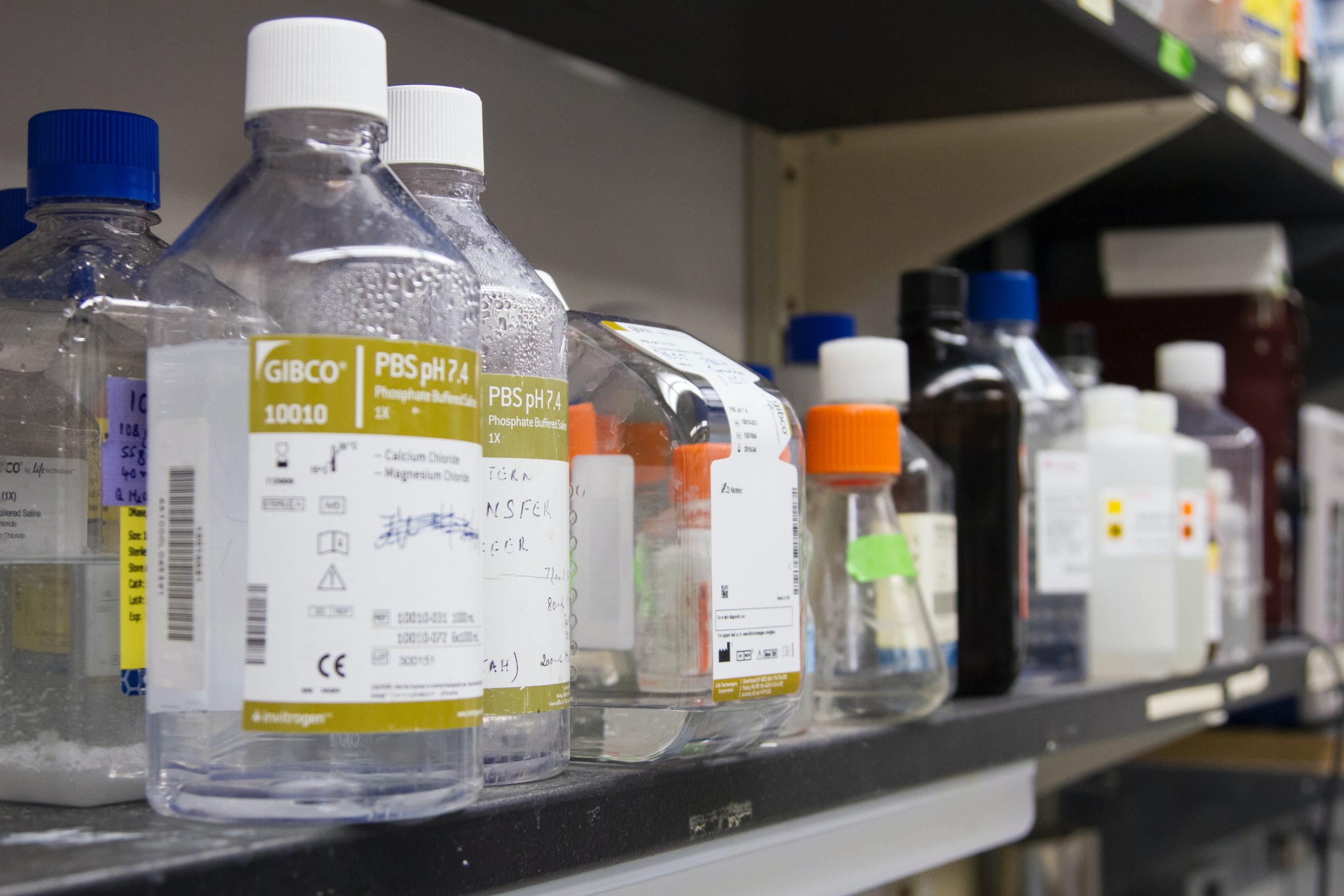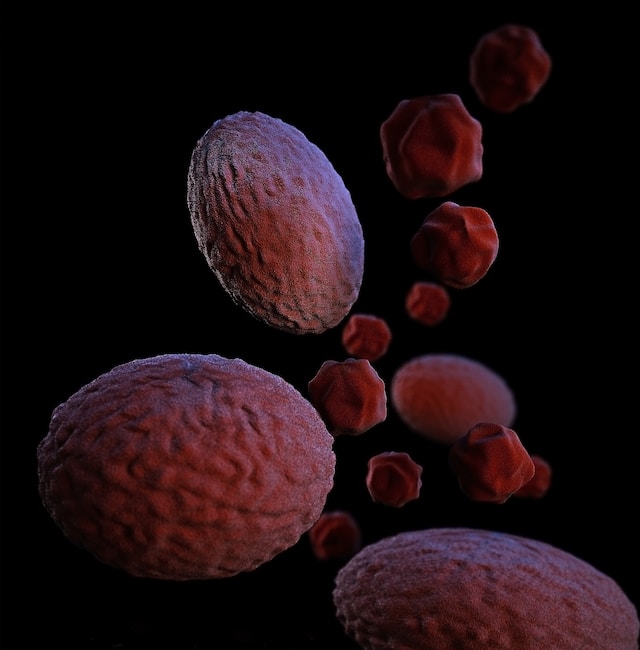Are you or someone you know struggling with hand mobility after a stroke? Don’t despair! With innovative approaches to hand rehabilitation, there’s hope for unlocking your full potential. In this blog post, we’ll explore some of the latest techniques and technologies that are helping stroke survivors regain their strength, dexterity, and independence. From virtual reality games to robotic gloves, there’s no shortage of exciting options available today. So let’s dive in and discover how you can reclaim control over your hands and transform your life.
The Importance of Hand Rehabilitation
Hand rehabilitation is an important part of stroke recovery. The ability to use one’s hands is essential for activities of daily living, and regaining this ability can greatly improve quality of life.
There are many innovative approaches to hand rehabilitation, which can be tailored to the individual needs of each stroke survivor. One approach is Constraint-Induced Movement Therapy (CIMT), which involves constraining the use of the unaffected hand in order to encourage use of the affected hand. CIMT has been shown to be effective in improving hand function after stroke.
Other approaches to hand rehabilitation include task-specific training, which involves practicing tasks that are relevant to daily life, and neuroplasticity-based therapies, which aim to rewire the brain and improve motor control.
The right rehabilitation approach depends on the individual needs of each stroke survivor. An experienced therapist can help identify the best approach for each person. Hand rehabilitation is an important part of stroke recovery and can greatly improve quality of life.
The current state of hand rehabilitation
There are many challenges that stroke survivors face when it comes to hand rehabilitation. The current state of hand rehabilitation is far from perfect, but there are some innovative approaches that are showing promise.
One challenge is that the brain and the hand are very interconnected, so damage to one can lead to problems with the other. This means that stroke survivors often have difficulty relearning how to use their hands.
Another challenge is that the majority of stroke survivors have some degree of paralysis in their hands. This can make it difficult or impossible to perform everyday tasks, such as brushing your hair or teeth, or cooking a meal.
There are some promising new approaches to hand rehabilitation that are helping stroke survivors regain function in their hands. One approach is called constraint-induced movement therapy (CIMT). This therapy involves constraining the use of the non-affected hand in order to force the use of the affected hand. CIMT has been shown to be effective in improving function in the affected hand.
Another promising approach is called electrical stimulation therapy (EST). EST involves using electrical stimulation to help stimulate the muscles in the affected hand. This therapy has been shown to be effective in improving grip strength and dexterity in stroke survivors.
The current state of hand rehabilitation is far from perfect, but there are some innovative approaches that are showing promise. These new therapies hold promise for helping stroke survivors regain function in their hands and improve their quality of life.
New approaches to hand rehabilitation
There are many new approaches to hand rehabilitation for stroke survivors. One approach is to use virtual reality (VR) to help patients regain movement in their hands. VR can provide an immersive environment for patients to practice movement and improve their motor skills. Additionally, VR can be used to provide feedback to patients about their performance and progress. Another approach is to use robotics to assist with hand rehabilitation. Robotics can provide precise and customized assistance that can help patients regain movement and strength in their hands. Additionally, robotics can be used as a tool for providing feedback to patients about their performance and progress.
How to unlock the potential of new approaches to hand rehabilitation
There are many new approaches to hand rehabilitation for stroke survivors that hold great promise. Some of these innovative approaches include:
1. Virtual reality (VR) therapy: VR therapy can provide a highly immersive and stimulating environment that can help promote motor learning and recovery.
2. Robotics: Robotics-assisted therapies can help patients relearn movement patterns and improve functionality.
3. Constraint-induced movement therapy (CIMT): CIMT involves constraining the use of the non-affected hand in order to force the affected hand to be used more. This approach has been shown to be effective in aiding motor recovery.
4. Functional electrical stimulation (FES): FES uses electrical stimulations to activate muscles, which can help patients regain some degree of movement and function.
5. Therapeutic gaming: Games that are specifically designed for rehabilitation purposes can provide an enjoyable and motivating way for patients to practice their skills and improve functionality.
Each of these innovative approaches has the potential to improve outcomes for stroke survivors undergoing hand rehabilitation. It is important to work with a therapist experienced in these newer methods in order to maximize the potential benefit for each individual patient.
Conclusion
Hand rehabilitation for stroke survivors is an important part of their recovery process. By utilizing innovative approaches such as virtual reality, robotics, and augmented reality technology we can open up a world of possibilities for stroke survivors to regain use of their hand. With the right combination of personalized therapy plans and cutting-edge technologies, it may be possible to unlock the potential in those who have experienced strokes or other forms of upper limb paralysis.










